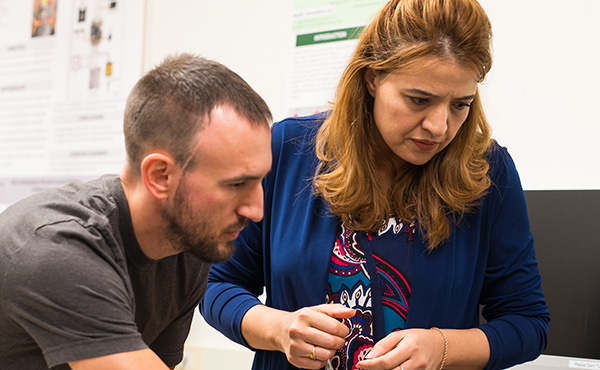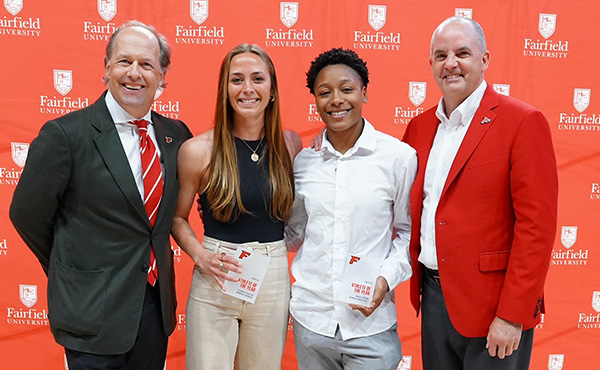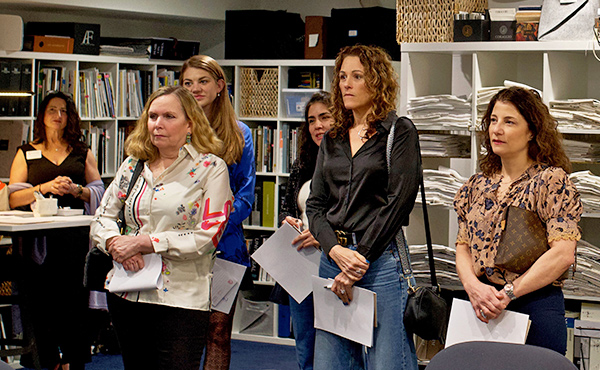Mechanical Engineering student Gabriel Grant answers a few questions during a quick interview.
Tell us about your background and what sparked your interest in drones.
After high school, I enlisted in the Marine Corps and served four years as a USMC infantry rifleman, taking me on deployments to Iraq in 2007, through the Mediterranean Sea in 2009, and responding to the Haiti earthquake in 2010. After my Marine Corps service, I returned to a high school job as an auto body technician, where I worked for nearly eight years. However, with the birth of my daughter, I realized I needed a change. This is when I embarked on my college studies and developed a keen interest in drones. Over the years, I’ve rebuilt numerous quadcopters and even designed and built my own, using off-the-shelf components.
Can you describe your research?
Following a summer research project, I continue to work on the two quadcopters that our team constructed. Our research focuses on the central fusion phase of autonomous flight in GPS-denied environments. In this phase, we conduct data acquisition flights using various sensors and integrate the data into a working simulation.
Thanks to the work our team accomplished over the summer, the quadcopters are now equipped for these tasks. Having live data from flying quadcopters creates a dynamic environment for data collection. Presently, I’m collaborating with John Cain, a graduate student, to prepare for data acquisition flights using optical flow sensors mounted on the undercarriage of our previously built quadcopters.
Additionally, our research has led to collaboration with a New Jersey-based quadcopter company where I’m working on setting up a test stand for motors and electronic speed controllers. This stand includes load cells and optical measurement sensors to determine the optimal RPM and thrust capabilities of different motors.
How has conducting this research enhanced your college experience?
Transitioning my hobby into the academic and professional realm has given me a sense of purpose, and the potential to turn my passion into a viable career. This is a significant shift from my previous role as an auto body technician, which I found to be physically demanding and not particularly fulfilling. The prospect of pursuing a career in quadcopters and multirotor aerial vehicles motivates me to work even harder to achieve my goals.
Do you plan on continuing this research in the future?
Yes, I absolutely plan to continue my research in sensor fusion and the capabilities of autonomous flight in challenging environments. I hope to maintain close connections with my faculty advisors and collaborate to identify systems capable of the autonomous flight we’re striving for.
I see immense potential in this field, and it has shown remarkable growth during the few years I’ve been involved. From being a niche interest on YouTube, FPV flight has expanded to serving major Hollywood productions. I aspire to integrate multirotors and electric flight into my future career.







